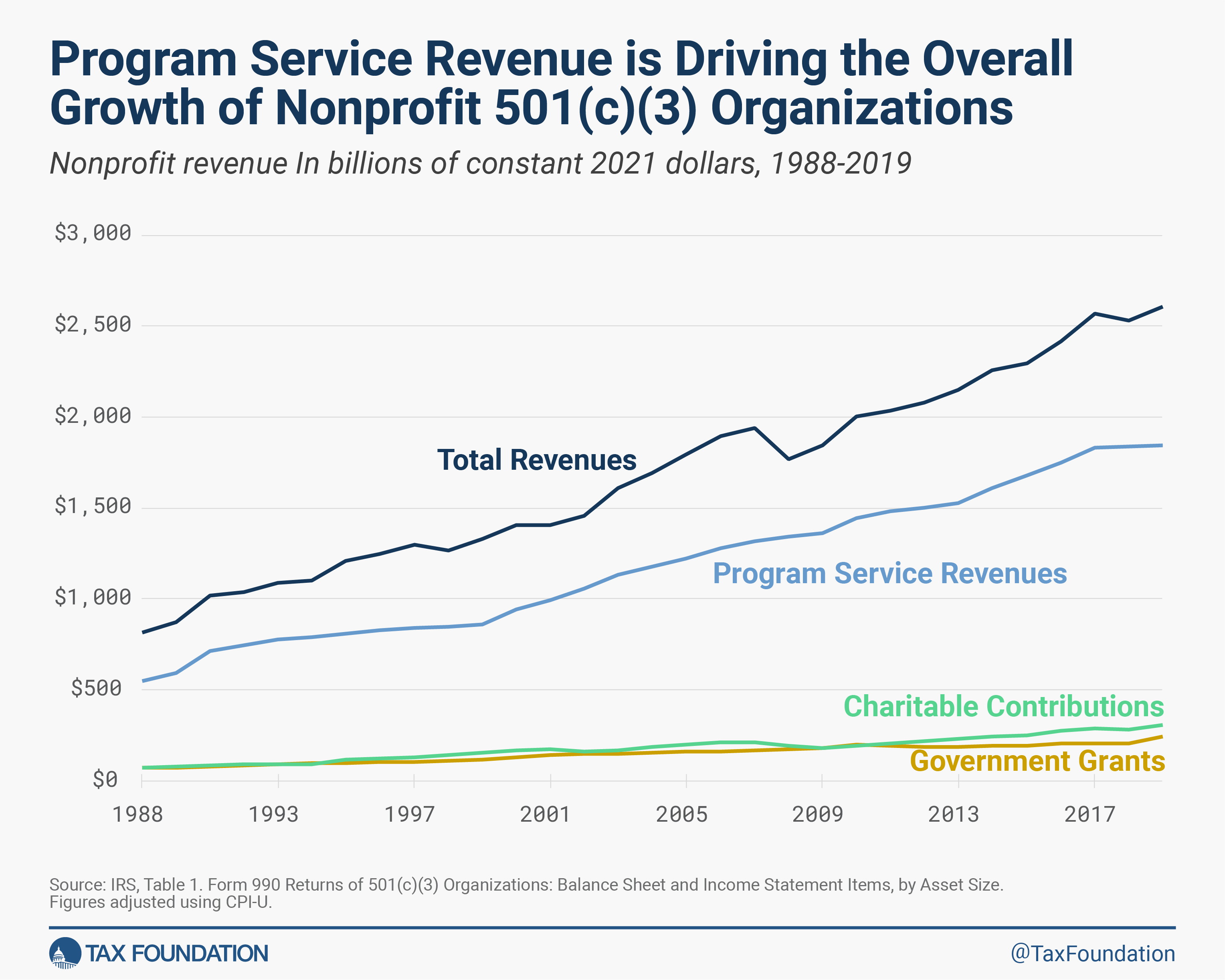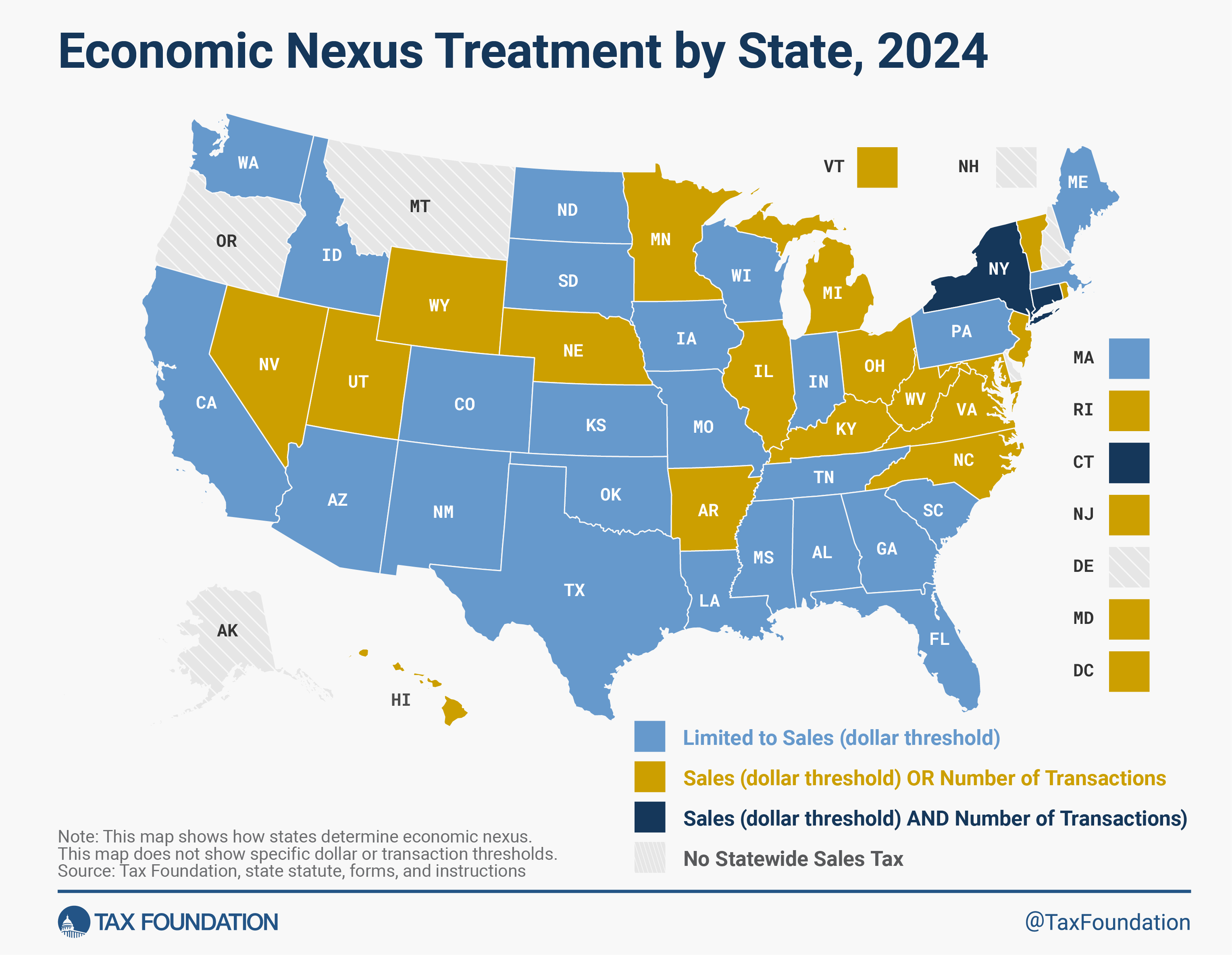Lessons From The 2021 Child Tax Credit Expansion Informing State Policy Debates
It’s been two years since the expiration of the expanded child tax credit (CTC), a temporary provision of the American Rescue Plan that effectively provided a robust child allowance during 2021. Although Congress was unable to reach a compromise to extend the policy, researchers continue to examine lessons learned from the temporary expansion, explore areas for future research, and learn about how states are developing their own child tax credits and family support programs.
A convening co-hosted by the Urban Institute and the University of California-Berkeley Opportunity Lab examined these issues earlier this year. The convening, part of the broader Innovations in Cash Assistance for Children Initiative, began with opening remarks from Sam Gill, President of the Doris Duke Foundation, which sponsors the initiative. It also featured keynote remarks from Rep. Rosa DeLauro (D-CT), one of the country’s leading advocates for a permanent expansion to the child tax credit.
Many speakers noted the 2021 policy shift had immediate impacts. Within one year, child poverty was cut almost in half and overall poverty dropped by 1.4 percentage points. It led to increases in nutrition and housing security. Very low-income families reported that they were better equipped to provide their children with necessary items such as food, shelter, and school supplies. And data thus far suggest that a concern for Republican lawmakers – that parents receiving the credit would work less – didn’t play out as expected.
Here are five additional key takeaways:
- Full CTC refundability reduced racial disparities in accessing the credit. Prior to the expansion of the CTC in 2021, one-third of US children (those living in the lowest-income families) did not qualify for the full credit. Among Black and Hispanic households with children, one half did not qualify. Because the credit was made fully refundable in 2021, families at the bottom of the income distribution could get the same benefit as those with higher incomes. Following the expiration of the credit, these children are once again ineligible for the credit.
- Simplified tax filing helped families who don’t traditionally file taxes claim the credit. The IRS automatically delivered CTC payments to many families based on recent tax information the agency already had. Simplified forms that asked for limited information and were accessible on mobile platforms helped the lowest income families file their returns and claim the credit. This was a major improvement over the standard tax filing process, which is especially important for families who are less engaged with the tax system.
- Requiring children to have Social Security Numbers for CTC eligibility excludes a key segment of children. Despite the many benefits of the 2021 CTC, it excluded children without Social Security Numbers (SSN) from receiving benefits. The exclusion of children without SSNs was established in the 2017 Tax Cuts and Jobs Act. It is estimated that this restriction currently prevents approximately 1 million immigrant children from being eligible for the CTC. Between 1997 and 2017, children who had Individual Taxpayer Identification Numbers (ITINs) instead of SSNs were eligible to receive the credit.
- Innovation in CTC policy has moved to state legislatures. There has been a dramatic increase in the number of states seeking to expand or create their own CTCs and Earned Income Tax Credits (EITCs) over the last few years. As of May 2023, 29 states are creating or expanding CTCs or EITCs (or both). At least 8 had successfully created one or both of these new programs at the time of the convening. This momentum is taking place in both Democratic-led and Republican-led states, although there is wide variation in the design and political framing of the programs across different states.
- It will be important to clarify how the design of state CTCs could impact eligibility for federal benefits such as Medicaid or the Supplemental Assistance Nutrition Program (SNAP). Panelists discussed how uncertainty on how a monthly CTC benefit (instead of annual) could affect SNAP and Medicaid benefits; this concern slowed states’ progress toward adopting monthly state-level CTCs. States are working on resolving this issue (for example, by allowing families to opt-out of monthly payments), but federal action is necessary to clarify the impact of state programs on families’ eligibility for other programs.
The full discussion is available to watch here and includes other findings and considerations for policymakers and researchers working on this important issue at both state and federal levels.







